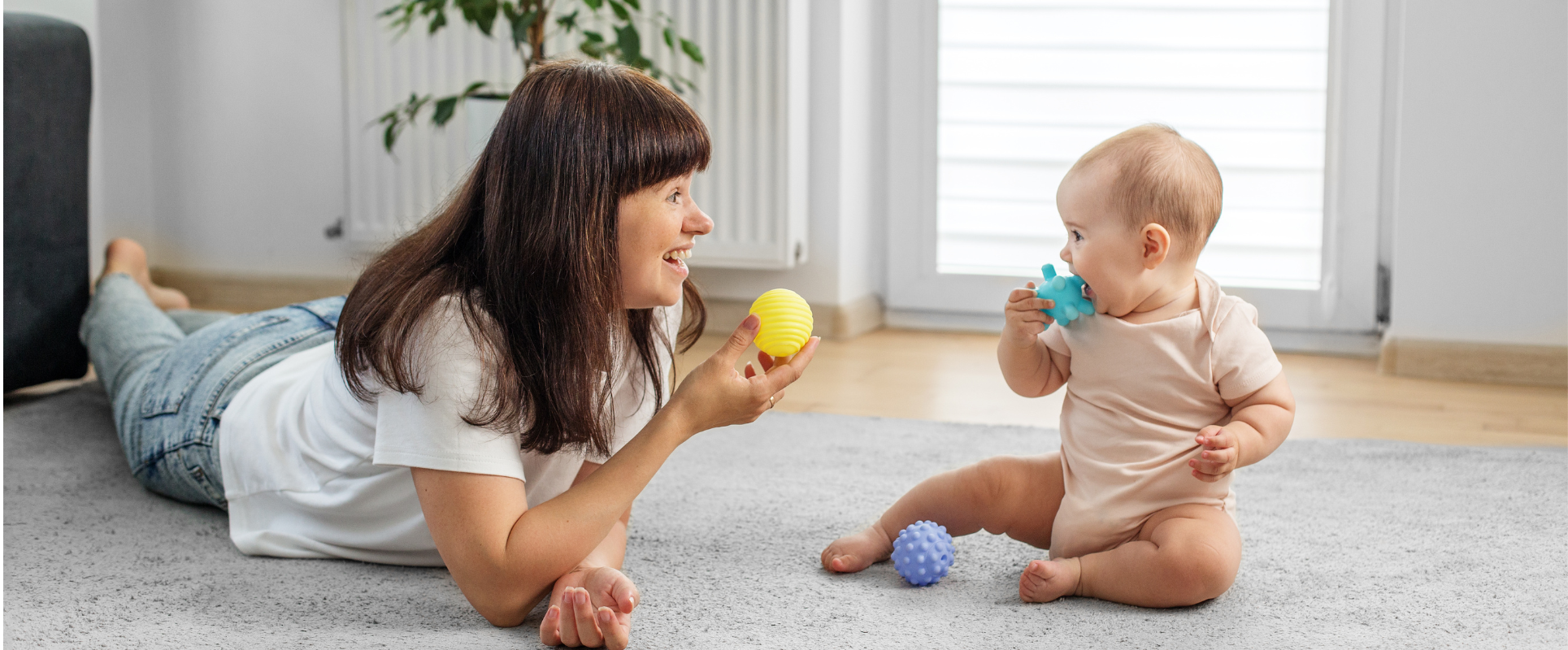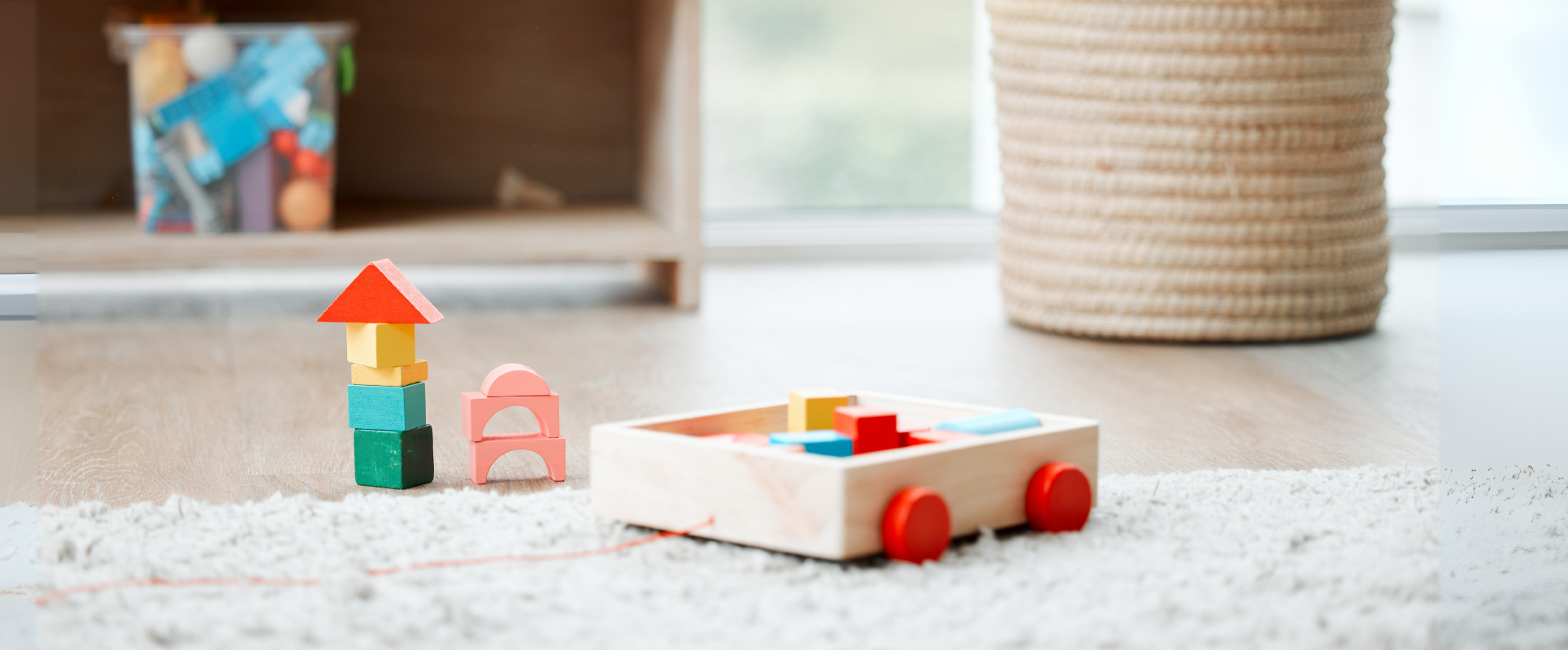
Simple, Science-Backed Tips to Keep Your Kids Active and Healthy
In today’s digital age, keeping kids active and healthy can be challenging. However, daily movement, good nutrition and healthy habits are essential for your child's physical and mental well-being. Active children are better able to focus, have stronger immune systems and develop lifelong healthy habits.
This article will share practical, evidence-based tips to help your child stay active and healthy, supported by pediatric guidelines and research.
Why Keeping Kids Active Matters
Regular physical activity helps:
-
Strengthen bones and muscles
-
Improve cardiovascular health
-
Maintain a healthy weight
-
Enhance mood and reduce anxiety
-
Support better sleep
According to the CDC and WHO, children aged 3–5 should be active throughout the day, while children 6–17 should get at least 60 minutes of moderate-to-vigorous physical activity daily (CDC).
1. Prioritize Daily Outdoor Play
Why it works: Outdoor play promotes natural movement, vitamin D intake and social skills.
Tips:
-
Take your child to the park daily, even for 30 minutes.
-
Let them climb, run or play tag.
-
Encourage nature exploration to stimulate curiosity and movement.
2. Incorporate Movement into Routine
Make movement a natural part of your day:
-
Walk or bike to school if possible.
-
Do a 5-minute dance party between activities.
-
Use stairs instead of elevators.
These small habits add up to significant activity over time.
3. Limit Screen Time
Excessive screen time can lead to sedentary behavior and sleep disruption.
AAP Recommendations:
-
For ages 2–5: Limit to 1 hour/day of high-quality programming.
-
For ages 6+: Set consistent limits and ensure screens do not replace physical activity.
Replace screen time with active play, art or family walks.
4. Encourage Participation in Sports or Active Hobbies
Sports teach teamwork, discipline and provide regular physical activity.
Ideas:
-
Enroll in swimming, soccer or dance classes.
-
Encourage active hobbies like hiking, gardening, or martial arts.
If organized sports aren’t accessible, create simple obstacle courses or backyard games.
5. Make Healthy Eating Fun and Accessible
Nutrition fuels active children:
-
Offer fruits, vegetables, whole grains and lean proteins.
-
Keep healthy snacks within reach (fruit slices, yogurt, nuts).
-
Involve children in meal prep to encourage trying new foods.
Avoid sugary drinks; water and milk are best for hydration.
6. Prioritize Quality Sleep
Sleep affects energy levels, mood and immune function.
Recommended sleep duration:
-
Ages 3–5: 10–13 hours/day
-
Ages 6–13: 9–12 hours/day
-
Ages 14–17: 8–10 hours/day
Tips:
-
Maintain consistent bedtimes and wake times.
-
Create a calming bedtime routine, avoiding screens before bed.
7. Be a Role Model
Children learn from observing their parents.
-
Be active yourself—walk, stretch or play with your child.
-
Share your excitement about outdoor activities and healthy food.
-
Celebrate active milestones together.
8. Focus on Fun, Not Perfection
Physical activity should be enjoyable to encourage consistency.
-
Let your child choose activities they enjoy.
-
Avoid comparing your child’s abilities to others.
-
Celebrate effort rather than performance.
Positive reinforcement helps your child associate movement with joy, not pressure.
Final Thoughts
Helping your child stay active and healthy doesn’t require expensive programs or complex routines. By incorporating daily movement, outdoor play, healthy eating and good sleep habits, you are laying the foundation for lifelong wellness.
Start with small, consistent steps to create an active, healthy lifestyle your child will carry into adulthood.
References
-
CDC Physical Activity Guidelines: cdc.gov
-
American Academy of Pediatrics: healthychildren.org
-
World Health Organization Guidelines: https://www.who.int/news-room/fact-sheets/detail/physical-activity
-
“Balanced and Barefoot” – Angela J. Hanscom
-
“First Bite” – Bee Wilson
-
American Academy of Sleep Medicine: aasm.org








